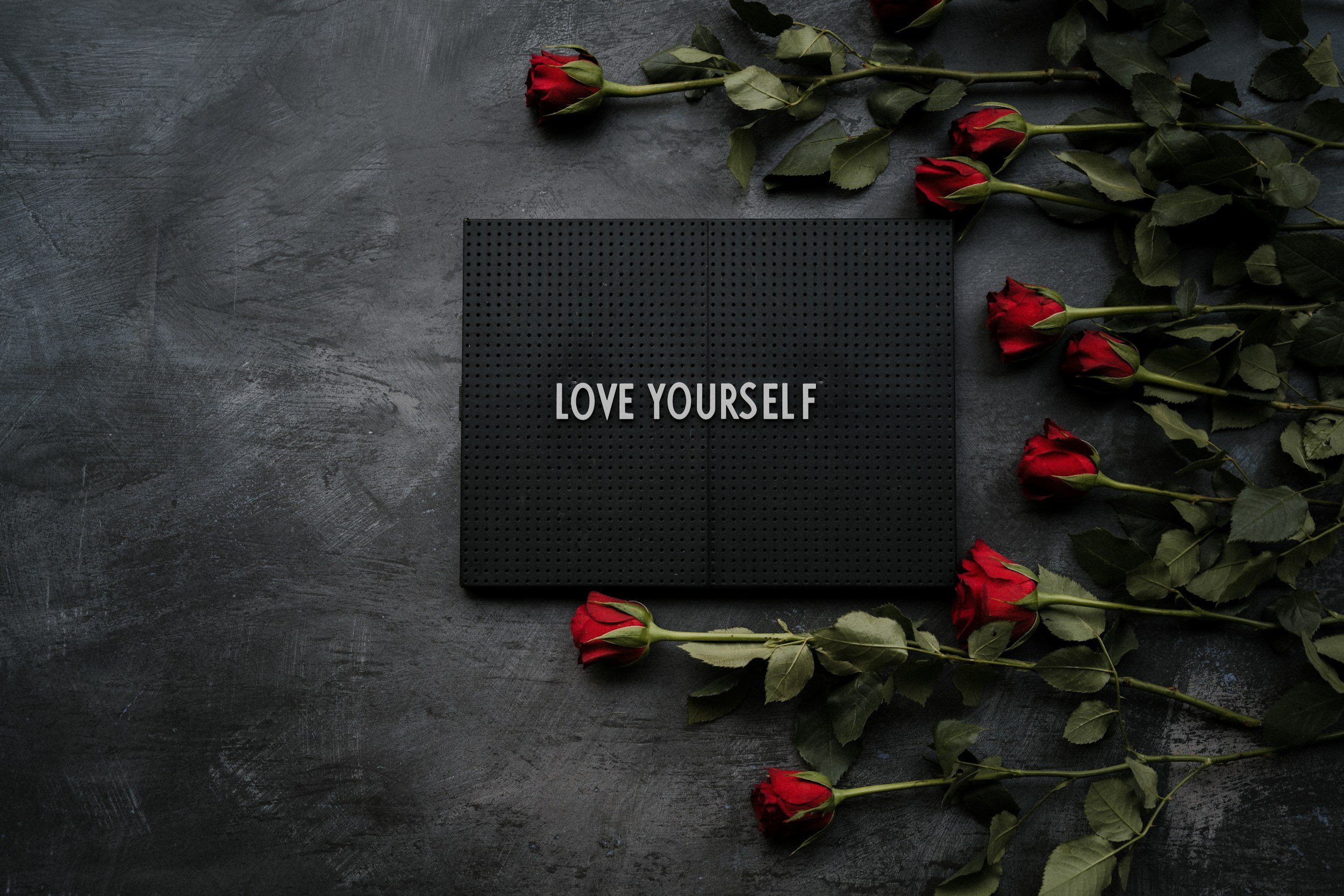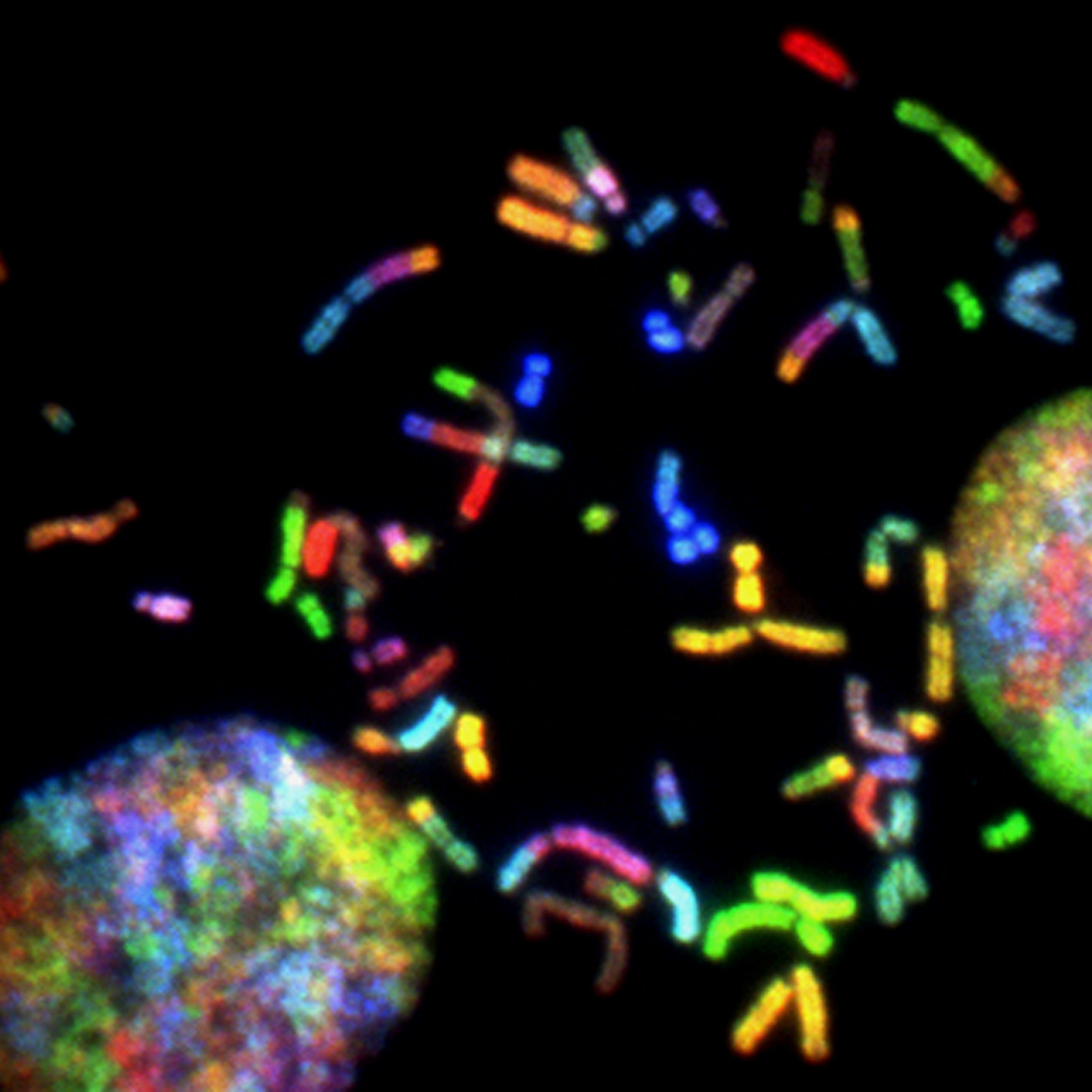I Want to Be Smarter: Practical Steps and Insights from Physiognomy
Key Takeaways
Practical Steps for Intellectual Growth: Establish structured learning habits, practice critical thinking exercises, and use effective note-taking methods to enhance your intelligence.
The Role of Physiognomy: Understand how traditional Chinese and Western physiognomy link facial structures to intellectual potential and self-perception.
Forehead Insights: A high and broad forehead is traditionally associated with strong analytical abilities, while a narrow or receding forehead may indicate self-doubt.
Brow and Eye Cues: Arched brows and expressive eyes suggest curiosity and intellectual engagement, whereas lower-set brows may indicate practicality but self-perceived limitations.
Tailored Solutions Through Physiognomy: Personalized face-reading consultations can provide actionable insights into your intellectual strengths and areas for improvement.
Feeling that you're not smart enough or constantly wanting to be smarter can be deeply frustrating. Fortunately, there are practical actions you can take immediately to enhance your intellectual capabilities and your confidence in your intelligence.
Practical Solutions
Structured Learning Habits: Establish a specific routine dedicated to learning something new every day. It could be reading books, attending online courses, or exploring educational podcasts. Dedicate 30 minutes daily to this habit.
Critical Thinking Exercises: Regularly practice solving puzzles, brain teasers, and critical reasoning problems. Apps like Lumosity or Elevate can specifically target and boost your cognitive functions.
Effective Note-taking and Mind Mapping: Develop effective note-taking methods such as the Cornell method or mind mapping. These techniques help organize your thoughts clearly, improving comprehension and memory.
Regular Reflection and Review: Set aside time weekly to review what you've learned. This solidifies your knowledge and highlights areas that require further attention, effectively increasing your understanding and intelligence.
Facial Structures Associated with Intelligence Issues
Both Chinese and Western physiognomy traditions emphasize certain facial features as indicators of intellectual capacity or concerns:
Forehead Shape and Size:
A broad, high, and rounded forehead typically symbolizes strong analytical and intellectual abilities. Conversely, a narrower or receding forehead can suggest challenges in self-confidence regarding intellectual capability.
Deep horizontal lines across the forehead indicate mental stress, overthinking, or insecurity related to intellectual pursuits.
Brow and Eye Area:
Prominent, well-arched brows and open, expressive eyes traditionally reflect intellectual curiosity and a healthy desire for knowledge.
A heavier or lower-set brow may indicate practical thinking but also feelings of inadequacy in more abstract intellectual activities.
Temple Region:
Sunken temples in Chinese physiognomy are linked to mental strain, stress, and self-doubt concerning intelligence.
Using Physiognomy to Address Your Concerns
By accurately reading these facial cues, you can better understand your innate intellectual tendencies and self-perceived weaknesses. Our physiognomy services offer detailed face-reading analyses, pinpointing your specific strengths and highlighting areas you may want to strengthen.
Through personalized recommendations, you can strategically approach learning methods and habits best suited for your natural predispositions. By integrating physiognomy insights with practical solutions, you can confidently enhance your intellectual abilities and become smarter in ways that align with your unique profile.
Discover how your face can guide your path to intellectual growth and confidence. Contact us for a personalized physiognomy consultation today.













